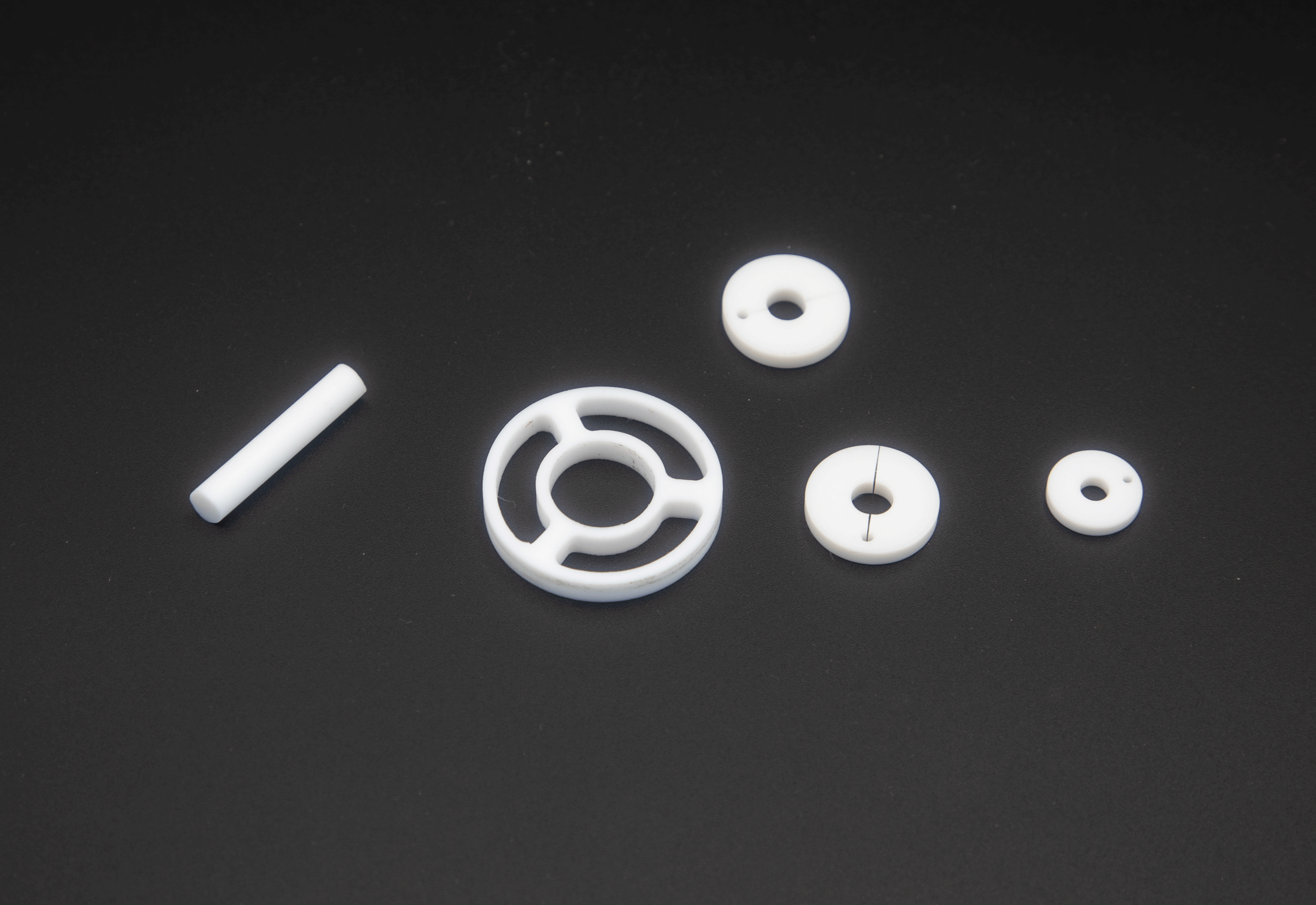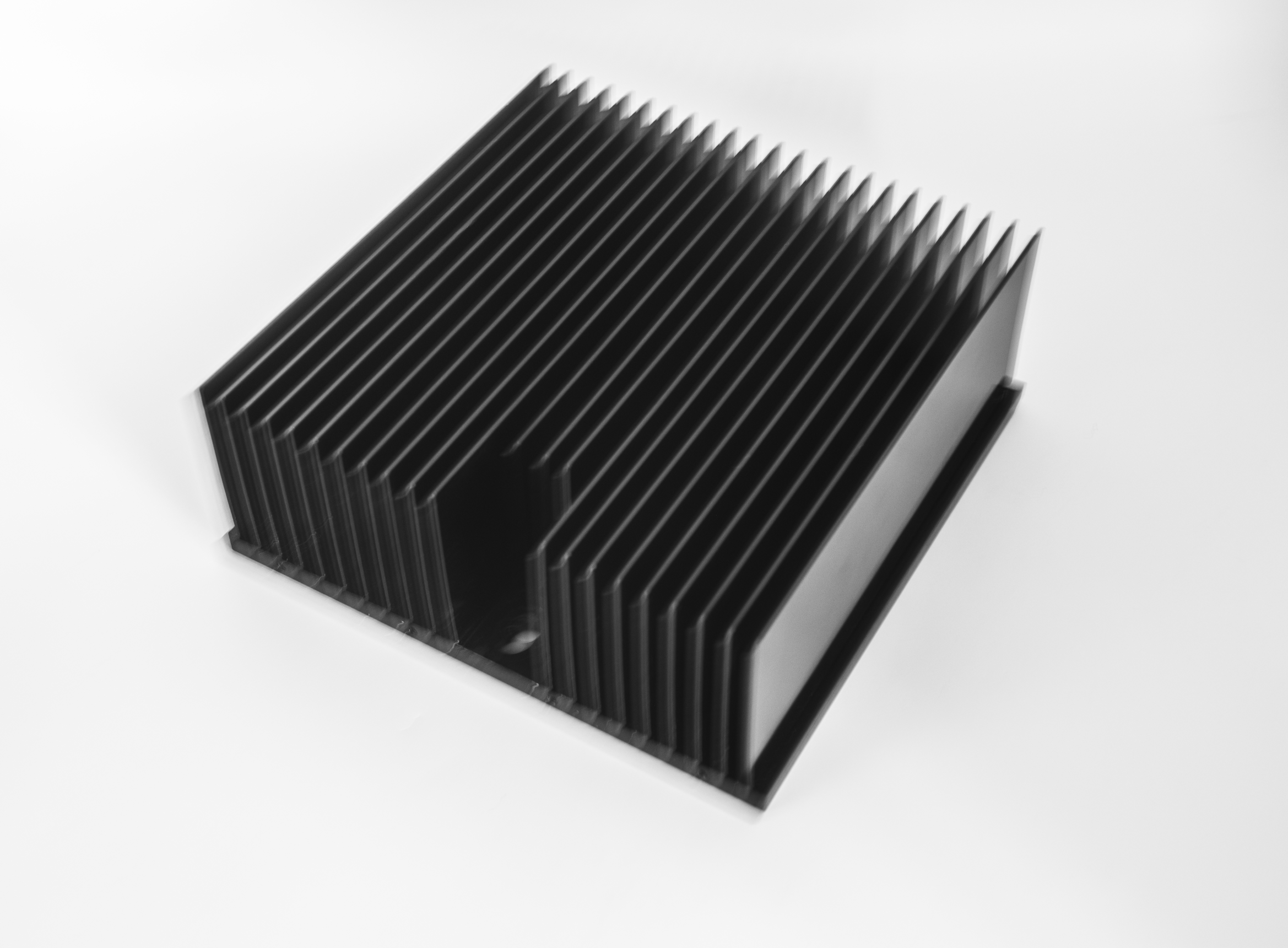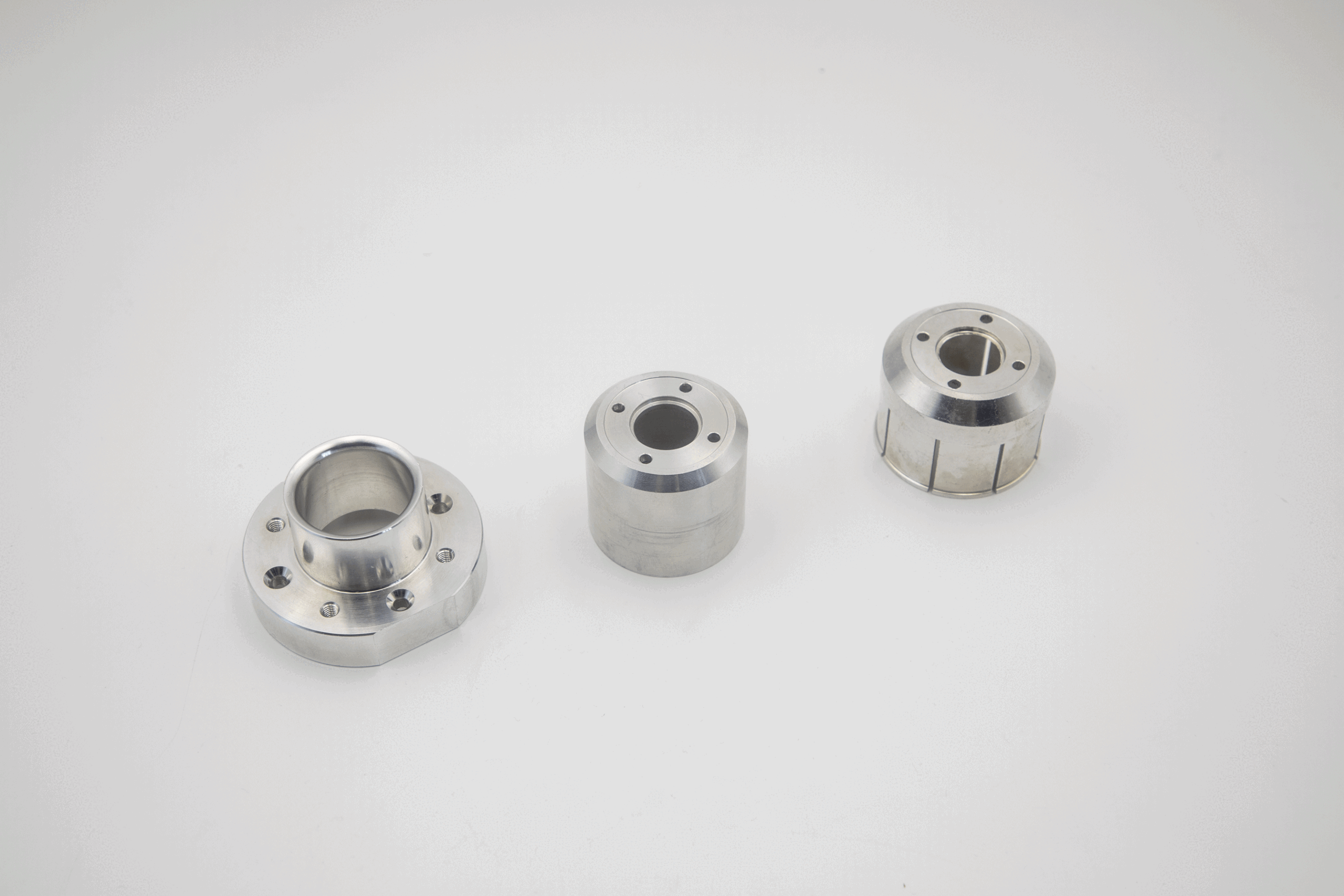CNC Maching
The advantages of shovel tooth technology
1. Material preparation and clamping
Select metal blocks (such as aluminum, copper, etc.) as blanks, fix the workpiece with pliers or positioning devices to ensure processing stability
Some parts will undergo six sided finishing or rough machining before processing, leaving room for subsequent cutting allowance.
2. Blade tooth cutting forming
The gear shovel adopts a high hardness steel blade head, which forms dense and smooth fins by cutting metal blocks layer by layer. Continuous spraying of cutting oil during the cutting process has the functions of cooling, lubrication, and rust prevention. Compared with traditional welding or extrusion processes, shovel tooth technology can manufacture thinner and denser fins, significantly increasing the heat dissipation area
3. Refined and earthquake resistant treatment
After completing the rough cutting, use a milling cutter to perform detailed processing such as corner cleaning and polishing. Some processes will fill mud between the grooves to suppress vibration and reduce processing patterns. The final heat sink needs to be positioned by imitation to ensure accuracy. Some customized products also need to be adapted with auxiliary heat dissipation components such as fans.
Peek Into Our Designs



CNC machining process
How It Works
01 Rough machining stage
Multi axis linked high-speed cutting (HSM) technology, which achieves a cutting depth of 0.5-5mm through a high-power spindle and high rigidity tool holder system, supplemented by adaptive feed control technology to dynamically adjust cutting parameters
02 Semi precision machining stage
Equal allowance allocation milling (EVAM), using 3D trajectory planning algorithm to ensure that 0.3-0.8mm uniform allowance is reserved on each surface, combined with tool wear compensation system to maintain machining consistency.
03 Precision machining stage
Micron level contour control milling (MCCM), using nano coated cutting tools and 0.01mm level closed-loop feedback system, achieves surface quality below Ra0.4 μ m, combined with thermal error compensation technology to ensure form and position tolerances ≤ 0.005mm.
04 Precision machining stage
Ultra precision composite polishing technology, integrating magneto rheological polishing (MRF) and ion beam shaping (IBS), achieves sub micron level surface integrity and nanometer level roughness through multi physical field coupling.
Inspired by our work?
Please fill out the form, so we can learn more about you and your needs.
